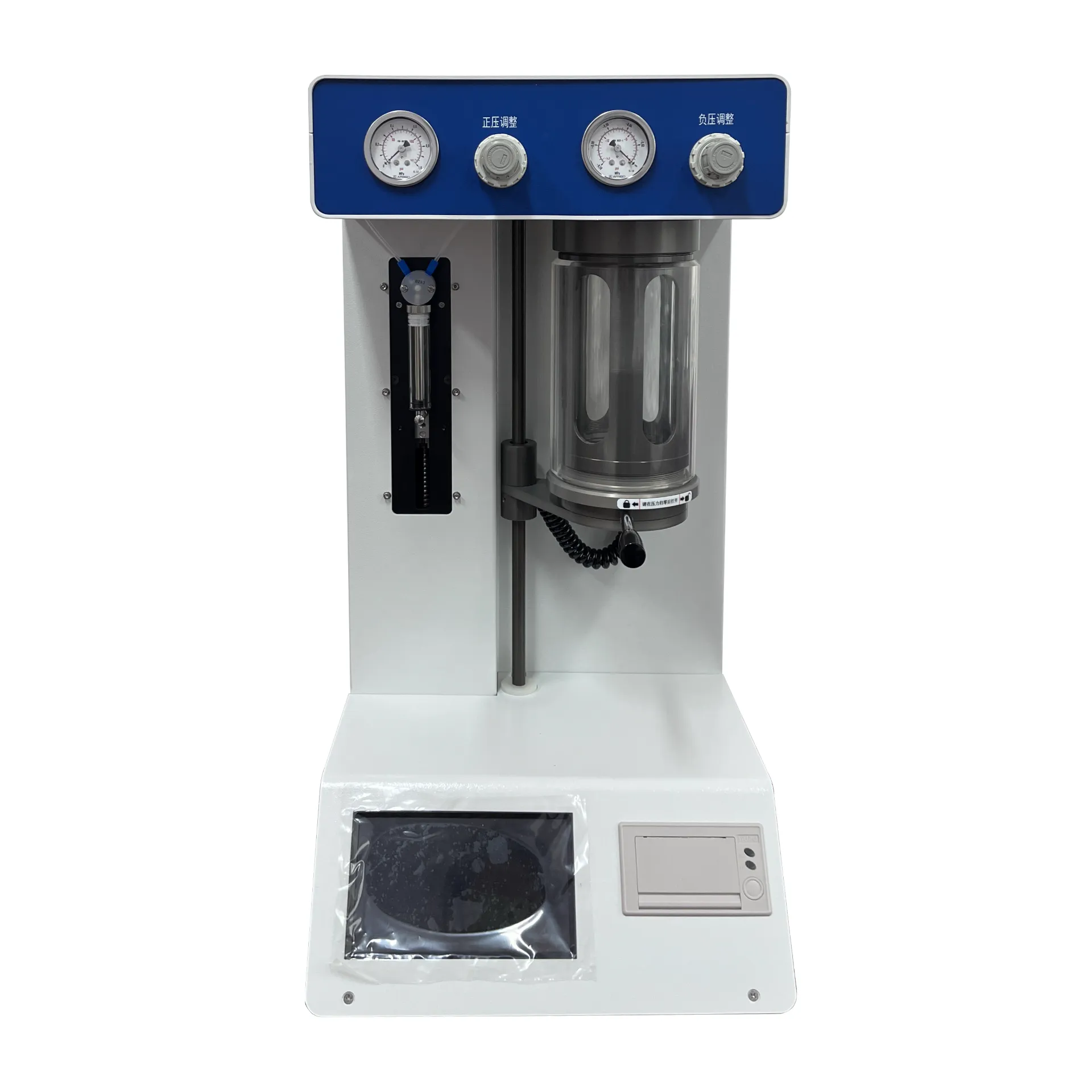 English
English



-
 Afrikaans
Afrikaans -
 Albanian
Albanian -
 Amharic
Amharic -
 Arabic
Arabic -
 Armenian
Armenian -
 Azerbaijani
Azerbaijani -
 Basque
Basque -
 Belarusian
Belarusian -
 Bengali
Bengali -
 Bosnian
Bosnian -
 Bulgarian
Bulgarian -
 Catalan
Catalan -
 Cebuano
Cebuano -
 China
China -
 China (Taiwan)
China (Taiwan) -
 Corsican
Corsican -
 Croatian
Croatian -
 Czech
Czech -
 Danish
Danish -
 Dutch
Dutch -
 English
English -
 Esperanto
Esperanto -
 Estonian
Estonian -
 Finnish
Finnish -
 French
French -
 Frisian
Frisian -
 Galician
Galician -
 Georgian
Georgian -
 German
German -
 Greek
Greek -
 Gujarati
Gujarati -
 Haitian Creole
Haitian Creole -
 hausa
hausa -
 hawaiian
hawaiian -
 Hebrew
Hebrew -
 Hindi
Hindi -
 Miao
Miao -
 Hungarian
Hungarian -
 Icelandic
Icelandic -
 igbo
igbo -
 Indonesian
Indonesian -
 irish
irish -
 Italian
Italian -
 Japanese
Japanese -
 Javanese
Javanese -
 Kannada
Kannada -
 kazakh
kazakh -
 Khmer
Khmer -
 Rwandese
Rwandese -
 Korean
Korean -
 Kurdish
Kurdish -
 Kyrgyz
Kyrgyz -
 Lao
Lao -
 Latin
Latin -
 Latvian
Latvian -
 Lithuanian
Lithuanian -
 Luxembourgish
Luxembourgish -
 Macedonian
Macedonian -
 Malgashi
Malgashi -
 Malay
Malay -
 Malayalam
Malayalam -
 Maltese
Maltese -
 Maori
Maori -
 Marathi
Marathi -
 Mongolian
Mongolian -
 Myanmar
Myanmar -
 Nepali
Nepali -
 Norwegian
Norwegian -
 Norwegian
Norwegian -
 Occitan
Occitan -
 Pashto
Pashto -
 Persian
Persian -
 Polish
Polish -
 Portuguese
Portuguese -
 Punjabi
Punjabi -
 Romanian
Romanian -
 Russian
Russian -
 Samoan
Samoan -
 Scottish Gaelic
Scottish Gaelic -
 Serbian
Serbian -
 Sesotho
Sesotho -
 Shona
Shona -
 Sindhi
Sindhi -
 Sinhala
Sinhala -
 Slovak
Slovak -
 Slovenian
Slovenian -
 Somali
Somali -
 Spanish
Spanish -
 Sundanese
Sundanese -
 Swahili
Swahili -
 Swedish
Swedish -
 Tagalog
Tagalog -
 Tajik
Tajik -
 Tamil
Tamil -
 Tatar
Tatar -
 Telugu
Telugu -
 Thai
Thai -
 Turkish
Turkish -
 Turkmen
Turkmen -
 Ukrainian
Ukrainian -
 Urdu
Urdu -
 Uighur
Uighur -
 Uzbek
Uzbek -
 Vietnamese
Vietnamese -
 Welsh
Welsh -
 Bantu
Bantu -
 Yiddish
Yiddish -
 Yoruba
Yoruba -
 Zulu
Zulu
Transformer Tap Changer Types Key Differences & Applications
- Overview of Tap Changer Functions in Power Distribution
- Technical Advantages Across Different Tap Changer Designs
- Performance Metrics: Mechanical vs Electronic vs Intelligent Systems
- Manufacturer Comparison: ABB, Siemens, GE, and Toshiba
- Customization Strategies for Industrial and Renewable Energy Projects
- Case Study: Tap Changer Deployment in European Grid Modernization
- Innovation Roadmap for Next-Generation Tap Changer Technology

(transformer tap changer types)
Understanding Transformer Tap Changer Types in Modern Power Systems
Tap changers regulate voltage ratios in transformers, with 82% of utility-scale transformers globally using either on-load (OLTC) or off-circuit (DETC) variants. The three primary transformer tap changer types
– mechanical, electronic, and hybrid intelligent systems – address distinct operational needs:
- Mechanical OLTCs: 0.5–1.5 second response time, 500,000+ operation cycles
- Electronic Tap Changers: ±0.25% voltage precision, IoT-enabled models
- Intelligent Systems: Predictive maintenance via 12+ sensor inputs
Core Technical Specifications and Operational Benefits
Modern designs reduce energy losses by 18–23% compared to legacy models. ABB’s VUC® technology demonstrates 99.982% availability across 15-year service periods, while Siemens’ vacuum interrupters enable 60% faster load switching. Key performance differentiators include:
| Parameter | Mechanical | Electronic | Hybrid |
|---|---|---|---|
| Voltage Range | ±10% | ±15% | ±20% |
| Lifetime Operations | 300,000 | 800,000 | 1.2M |
| IoT Compatibility | No | Yes | Yes |
Manufacturer Capability Analysis
Market leaders offer specialized solutions for different types of tap changer applications:
| Vendor | Flagship Product | Voltage Class | Switching Speed |
|---|---|---|---|
| ABB | ULTRA-TAP® | 72.5–550 kV | 25ms |
| Siemens | VACUTAP® | 36–420 kV | 30ms |
| GE | INTRATAP® | 138–765 kV | 40ms |
Application-Specific Engineering Solutions
Custom configurations account for 43% of industrial tap changer deployments. Renewable energy projects require dual-range (±25%) designs with harmonic filtration, whereas urban substations prioritize compact modular units (≤2.5m³ footprint).
Real-World Implementation Benchmarking
Tennessee Valley Authority’s 2023 upgrade project achieved 14.7% energy loss reduction using hybrid transformer tap changer types, recovering costs in 3.8 years through dynamic voltage optimization.
Future Trends in Transformer Tap Changer Types and Industry Outlook
The global OLTC market is projected to grow at 6.8% CAGR through 2030, driven by AI-driven predictive systems that reduce maintenance costs by 35–40%. Emerging solid-state designs promise 0.1ms switching speeds for HVDC applications.

(transformer tap changer types)
FAQS on transformer tap changer types
Q: What are the main types of tap changers in transformers?
A: The primary types are on-load tap changers (OLTC) and off-load tap changers. OLTC adjusts taps during operation, while off-load types require de-energizing the transformer.
Q: How many types of transformer tap changers exist?
A: There are two main types: on-load tap changers and off-load tap changers. Some classifications also include automatic or manual variants within these categories.
Q: What distinguishes an on-load tap changer from an off-load type?
A: On-load tap changers operate without interrupting power supply, whereas off-load tap changers require the transformer to be fully de-energized before adjustment.
Q: Which tap changer type is used for voltage regulation under load?
A: On-load tap changers (OLTC) are designed for voltage regulation while the transformer remains energized, ensuring continuous power delivery.
Q: Are there subtypes within transformer tap changer classifications?
A: Yes, on-load tap changers include resistive and reactive switching types, while off-load changers may vary by mechanical design or application-specific configurations.
-
Testing Equipment Industry Sees Major Advancements in 2025: Smart & Precision Technologies Lead the WayNewsJun.06,2025
-
Applications of Direct Current Generators in Renewable Energy SystemsNewsJun.05,2025
-
Hipot Tester Calibration and Accuracy GuidelinesNewsJun.05,2025
-
Digital Circuit Breaker Analyzer Features and BenefitsNewsJun.05,2025
-
Benefits of Real-Time Power Quality Monitoring Devices for Industrial EfficiencyNewsJun.05,2025
-
Earth Fault Loop Testing in High-Rise Building Electrical SystemsNewsJun.05,2025



